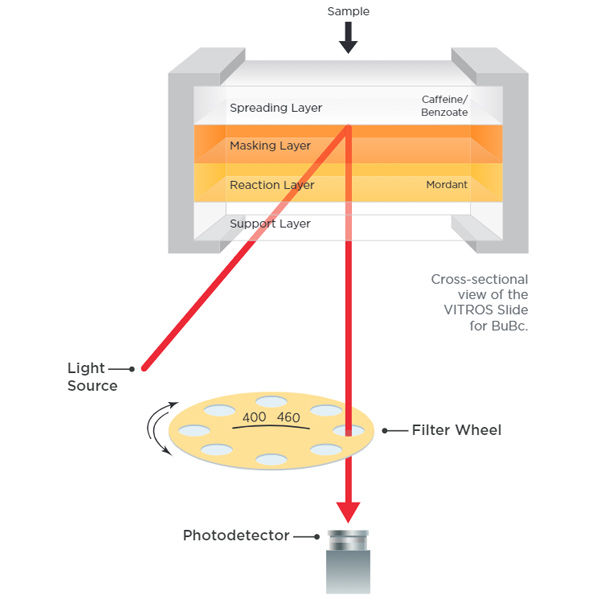In contrast with frequent repeated testing that can be done on adult samples, small pediatric samples may preclude repeated testing to confirm abnormal results.
Analytic interference is encountered more commonly in neonatal patients than in adults and represents a significant technical challenge. Specifically, high concentrations of bilirubin, lipids and fetal hemoglobin are present in many neonatal specimens.

The solution
Vitros® technology is unique, enabling trustful results for 166* CC/IA assays (*more in development).
The unique MicroSlide design minimizes the impact of endogenous and exogenous interfering substances that could impact the quality of assay results.
Other safety checks are available on Vitros® systems to minimize impact of common interferences.
References
1. Bush RA, Mueller T, Sumwalt B, et al. Assessing pediatric trauma specimen integrity. Clin Lab Sci. 2010;23:219-222. http://clsjournal.ascls.org/content/ascls/23/4/219.full.pdf






